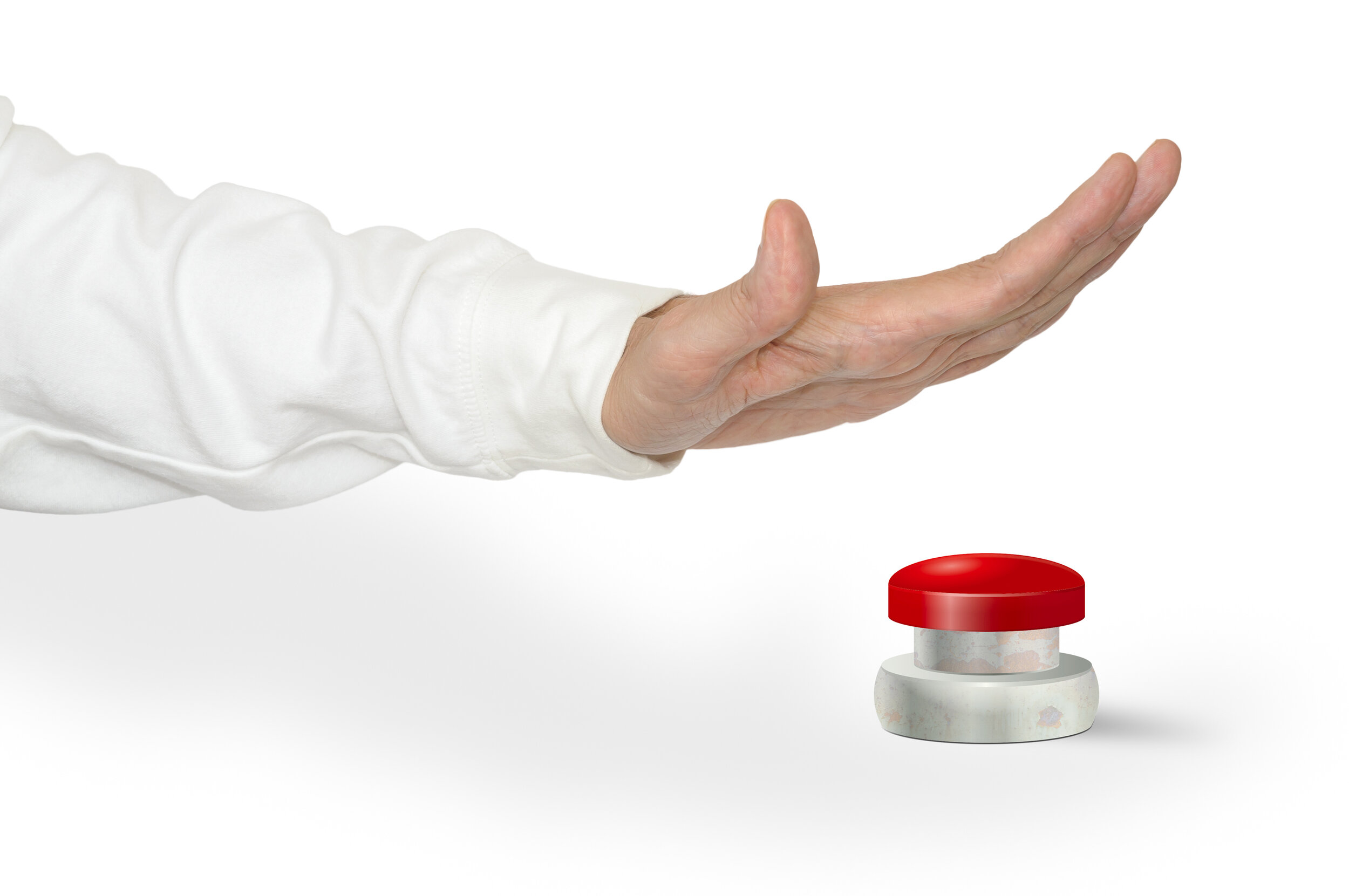Is Your Panic Button Putting You At Risk?
Table of Contents
Are Panic Buttons Enough? Upgrade Your Lone Worker Safety Plan
Future considerations
Thinking outside the box
Work alone safely
Getting out of hand
Adding it up
Are Panic Buttons Enough? Upgrade Your Lone Worker Safety Plan
People are comfortable with familiar things. This includes dealing with workplace hazards and the traditional panic button . However, just because it is familiar does not mean it is ideal for your team’s safety needs.
Future considerations
As with all hardware-based safety solutions, panic buttons provide limited functionality and become obsolete over time due to their inability to be upgraded. While software solutions that integrate the ability to call for help can provide value by working across many devices, a physical panic button has only one use. Due to the potential cost of replacement hardware, purchasing panic buttons for a work force also carries higher future expenditure than integrating various devices with a software solution.
Thinking outside the box
A hardware solution isn’t scalable in the same sense that software is. In the event of changes within a workplace, it’s much easier to adapt a software solution for safety monitoring. Downsizing means that hardware purchases goes to waste, while expansion of a business can come with its own difficulties. When it’s time to purchase new devices, you may find that your existing solution is no longer being offered by the manufacturer, or that your existing devices won’t be compatible with new ones.
Work alone safely
A software solution also offers features such as check-in messages that provide valuable context during emergencies or motion features if the fall, are unconscious and cannot request help themselves.
Getting out of hand
The main benefit of a monitoring service is in its persistence. If a worker in emergency finds themselves without the use of their panic button, or if their hardware fails to work as described, it may be a long time until they receive help, if ever. Monitoring services that rely on check-ins ensure that if an employee has not checked in on time, help will be sent. It’s important to be able to call for help, but it’s even more important to get help when you’re can’t make the call yourself.
Adding it up
While panic buttons offer a level of security, they aren’t always the most reliable solution for lone workers. Delayed response times, false alarms, and connectivity issues can put workers at risk when they need immediate help. Upgrading to a comprehensive lone worker safety solution can ensure real-time monitoring, GPS tracking, and instant emergency alerts for better protection. Learn more about our lone worker safety solutions, explore pricing options, and check our FAQ for more details. See how our benefits and lone worker safety devices offer a smarter, more reliable approach to lone worker protection. To find out more about the benefits of an automated monitoring system over traditional panic buttons, call SafetyLine at 1-888-WRK-ALNE, or contact us.

